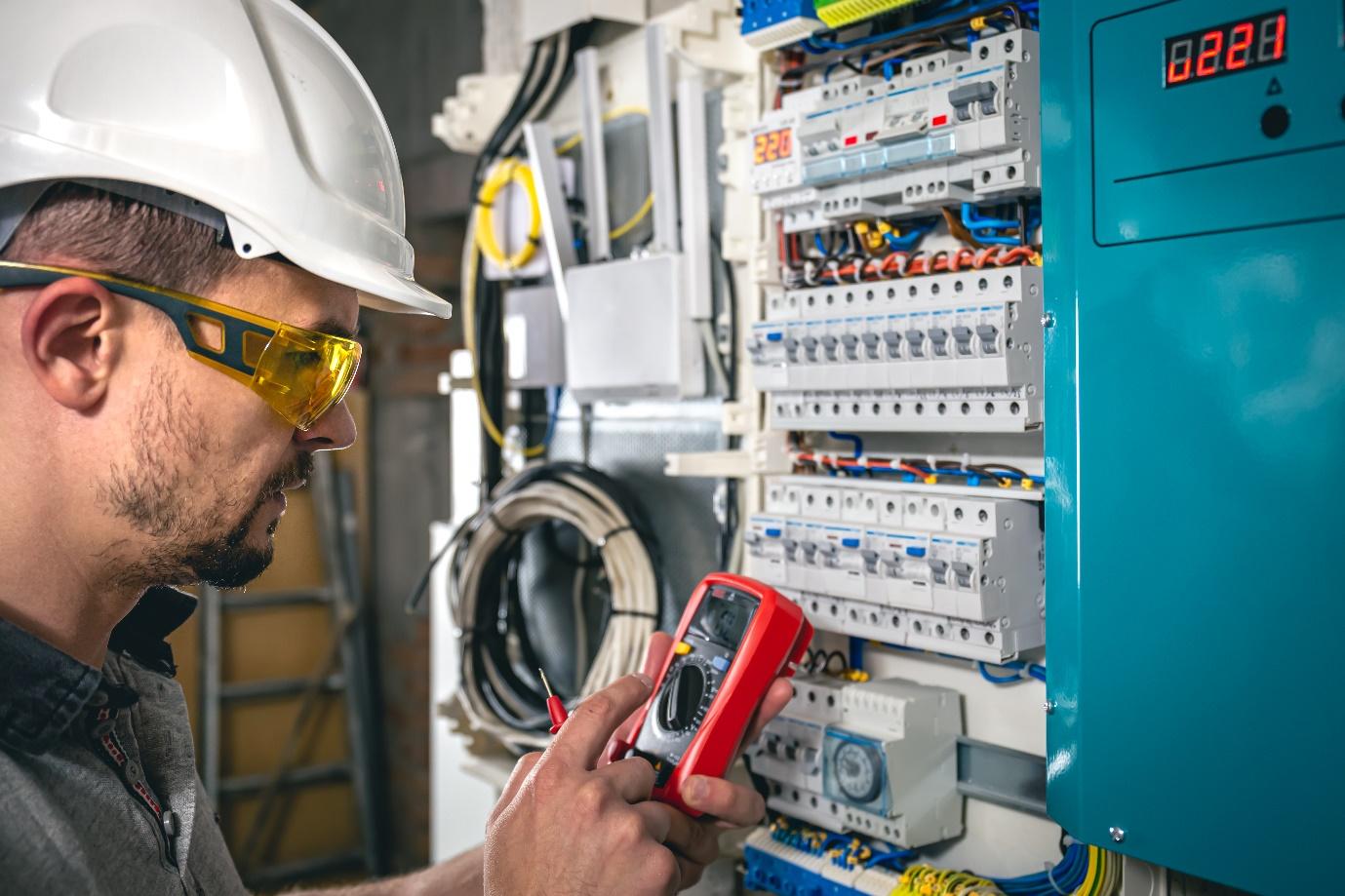
Top Mistakes to Avoid During Generator Installation
Ideally, generator installations should be left to professionals. Some people, after reviewing the cost of installing Generac generators, decide that their best bet would be to DIY. They often forget that it isn’t wise to do a haphazard job with the installation. The consequences of such an installation can be severe.
Nonetheless, if you’re convinced you have enough experience to take on the task, it’s best you arm yourself with a few tips and tricks. In this article, we’ll be focusing on the top mistakes made during installations and how to avoid them.
The Common Generator Installation Mistakes
Here are some of the most common mistakes made during generator installation:
Miscalculating the Home’s Power Requirements
If you’re not a professional, you may not be able to accurately decipher the amount of power jointly consumed by the appliances in your home.
If there’s a pitfall in the power calculation, every other step of the installation will be disoriented. Too small, and it struggles to meet electricity needs; too large, and it operates inefficiently, leading to increased fuel consumption and maintenance costs.
The best way to avoid this is to do a complete audit of the appliances, HVAC systems, and electronics. Make a sum of their wattage, and then proceed to the generator shop.
Poor Location Selection
Selecting the wrong location for a generator is akin to planting a delicate flower in the wrong soil. The generator will begin to develop performance issues if it is not properly placed. There might also be safety hazards and increased wear and tear for you to worry about.
Generators should never be confined to tight, enclosed spaces lacking proper ventilation. Placing them in areas vulnerable to extreme weather conditions, floods, or excessive moisture can compromise functionality.
The safest spot for them is one that offers them enough ventilation and protection from the elements. If you treat them right, they’ll last longer for you.
Incomplete Load Assessment
Without proper load assessment, your generator will be unprepared for the demands it may face, and this never ends well. For instance, if you focus only on major appliances and overlook crucial elements like heating, ventilation, and air conditioning (HVAC) systems, your generator might prove insufficient during extreme weather conditions.
You’ll also run into problems if you omit the assessment of electronic devices, lighting, and medical equipment. If you do this, critical areas will be left in the dark during power outages.
Inadequate Transfer Switch Installation
The power switch is the conductor that shifts power from the grid to the generator. If you do not install it properly, there will be a transfer failure, and you’ll end up being left in the dark until a professional comes.
Do your best to ensure that the transfer switch is appropriately sized, properly installed, and compatible with the generator.
Not Consulting an Expert When Necessary
Inasmuch as you want to save costs, you should know when to give in and call in a professional. Generators are intricate systems with safety implications. You need an expert who knows how to ensure compliance with local codes, adherence to safety standards, and a seamless installation process.
Furthermore, statistics reveal that 72% of generator-related accidents are due to improper installation or a lack of professional guidance. You do not want to end up with repair costs that will be higher than the installation itself.
Wrapping Up
Attempting a DIY approach to generator installation is a risky endeavor. The best way to ensure that the generator is safely installed in a manner that it will function optimally and reliably when needed is to employ the services of a qualified professional.




